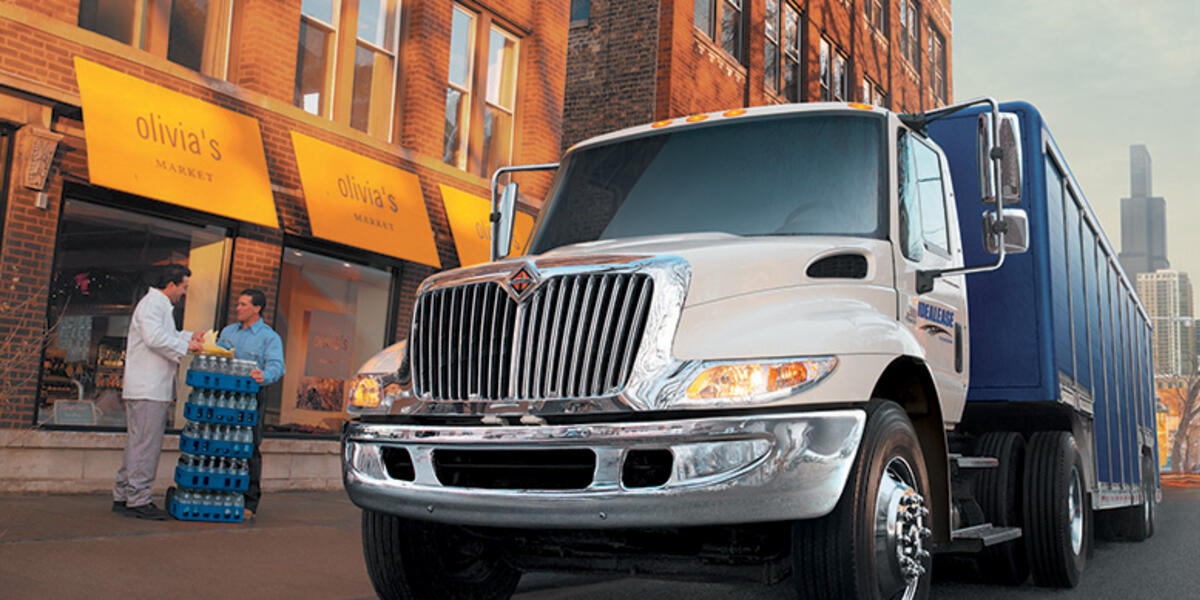
Start Better Stopping
Achy Brake-y Heart
When it comes to brakes and braking component violations, from a compliance perspective, the numbers could use a little love. During last year’s International Roadcheck, brake systems and brake adjustments accounted for 38.6% of all vehicle out-of service conditions of the more than 50,000 vehicles inspected throughout North America. Furthermore, 2020’s Brake Safety Week yielded a 12% out-of-service rate due to brake-related violations of more than 43,000 vehicles.
While the numbers have improved some, when you look at the issue from a safety and cost perspective, the numbers are still simply too high. Fortunately, you’ve got another shot at this. The Commercial Vehicle Safety Alliance (CVSA) has announced this year’s Brake Safety Week will be held from August 22nd through the 28th, so there is plenty of time to set things right.
Brake for Idealease Expertise
Pre- and post-trip inspections are absolutely crucial to getting all-around brake compliance to better levels. Not only is a daily vehicle inspection required by the Federal Motor Carrier Safety Association (FMCSA), but Idealease requires that each driver file a daily vehicle inspection report (DVIR), as well.
Idealease’s Vice President of Maintenance and Safety, Dave Helge, hosted a couple of videos that walk everyone through the correct process of inspecting and reporting the condition of a vehicle before it rolls out for the day
Whether your drivers are taking out a tractor trailer or a straight truck, Dave walks you and your team methodically through the external inspection (including visual inspection of the braking components), all the way to in-the-cab air brake tests and checks. The videos were created in both English (tractor trailer) (straight truck), and Spanish (tractor trailer) (straight truck), so everyone gets the same message when it comes to daily inspections.
One important point to note regarding the vehicle’s external inspection, brake hose chafing issues accounted for 6,697 violations during last year’s Brake Safety Week. So, when you’re looking under the hood, keep an eye out for any signs of wear including chafing, swelling, kinks, or cuts in your hoses, and make sure the hose fittings are in good condition, secure, and not leaking.
Brake On Through
Beyond daily inspections, your drivers can also have a big impact on the health and longevity of a truck’s brakes and braking components. Be sure your team is trained to anticipate situations affected by traffic, weather (even when it’s nice out), or any road conditions and hazards to better avoid riding the brakes or unnecessary hard applications.
The responsibility to bring brake violations down rests with everyone. If your drivers aren’t fully trained—or need a refresher—in the proper use of air brakes and how to conduct a thorough inspection and file a DVIR properly, today is the day to start better stopping; the safety of your team and the drivers they share the roads with are counting on it.






